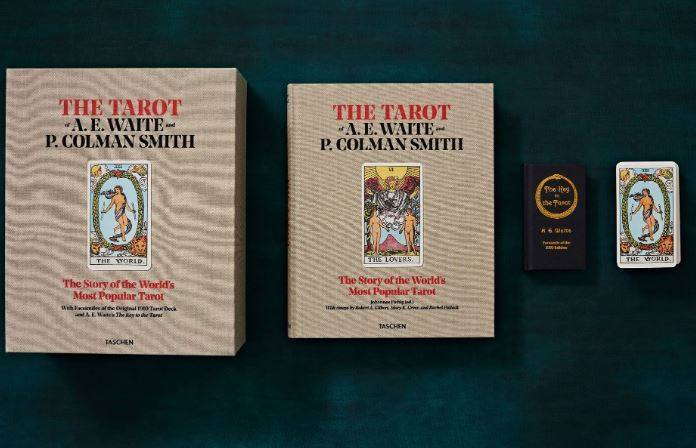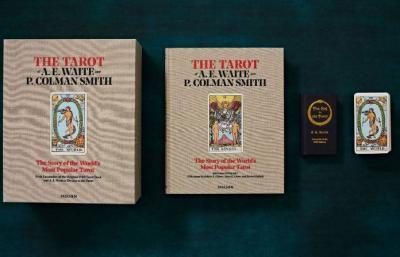Pamela Colman Smith, the British artist, illustrator, and designer, addressed the interpretation of artwork in an article published in 1908. She wrote, "Learn from everything, see everything, seek the hidden eyes, and the door leading to the unknown land." Smith may have been describing how to use a tarot card deck. Ultimately, she was responsible for creating the illustrations used in the design of the most popular tarot cards in the world. In 1909, Smith met the mystic poet Arthur Waite through a secret society known as the "Hermetic Order of the Golden Dawn." Their mutual belief in spirituality, rituals, symbolism, and spiritual practices led them to combine their efforts and create a tarot deck, merging Waite's concepts with Smith's Art Nouveau-style illustrations.
The tarot cards were published in 1910 and are known today as the "Waite-Smith" or "Rider-Waite-Smith" deck (Smith's contribution has largely been omitted from the title, overshadowed by the name of the original publisher, Rider, until the 1990s). However, a new edition published by Taschen, "The Tarot of A.E. Waite and P. Colman Smith: The Story of the World's Most Popular Tarot," includes a complete set of original cards and a series of contextual articles about Smith and Waite, delving into how the deck was created, its history, significance, and popularity.
The tarot deck consists of a set of 78 illustrated cards, each featuring specific symbols and characters, originating in Italy during the 15th century. The creation of the Waite-Smith deck reflects a "significant cultural shift" in the early 20th century, as explained by the book's editor, Johannes Fiebig, whose interest in tarot study spans over 40 years. He stated, "There was a positive feeling of personal liberation, of living freely and more creatively (during that time)." He added, "However, these upheavals were halted by the two world wars." Fiebig clarified that the 1970s witnessed a renewed interest in tarot, with the popularity of the Waite-Smith deck increasing in parallel with feminist movements, anti-war efforts, and international human rights.
Today, people primarily use tarot as a tool for understanding themselves on a personal level, sometimes through practices such as readings, dream interpretation, and card-of-the-day selection. According to Fiebig, each card can be interpreted and viewed differently depending on the observer. He explained that "tarot is a suggestion for people." In an interview with CNN, he clarified that "(tarot) is more than just fortune-telling. As a reader, you are invited to enter into dialogue with the image (of the card), so it becomes a mirror for you."
The image itself is thus critical to any journey with tarot and serves as an important guide to understanding the enduring popularity of the Waite-Smith deck. Fiebig noted that "(Waite and Smith) were ingenious, but at that time, only a few people realized it." For Fiebig, the lasting appeal of the Waite-Smith deck arises from the cards' ability to encourage people to confront their personal truths, especially in times of crisis. He stated, "Many people are dissatisfied with the existing system and are searching for new ways of living, new identities, and new collective values." He continued, "(People) are seeking answers. This seems to resonate with Smith's original approach to art: 'Learn from everything, see everything, and above all, feel everything.'"




